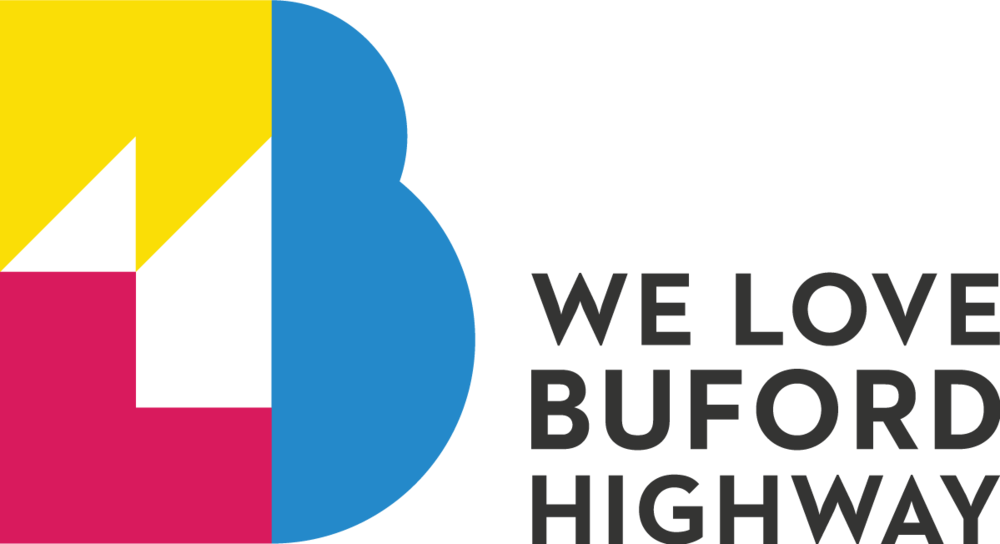The year was '75-ish, Queens NYC. My grandmother, who resembled in features, the Empress Dowager Cixi ( 慈禧太后 ), was in the middle of hacking pork bones when she noticed a clicking coming from the kitchen door. She cautiously releases the carcass but keeps the meat cleaver in hand, weighing her arm as she makes vigilant steps towards the cacophonous sound of dreaded anticipation. As she approaches the backdoor, the fearless daughter of an activist, draws back the curtains and sees a man trying to enter. I remember my sister holding us tightly, as my grandmother warns us to run towards the back of our home. She calmly watches the man who was looking down, working his way into our modest kitchen. After realizing his intentions, she lightly taps the window with the bloody cleaver, the man looks up, their eyes meet. Some say my grandmother cracked a smile, and he did as well. Others say the man ran off very quickly before any forms of engagement were made. Whatever the case, that was my first memory of a grownup saying, “ be careful, they are out to hurt us.” He was a black man.
When we moved into a basement of a shrewd Chinese landlord, I remember watching shows like Good Times, What’s Happening, and Fat Albert. As a young child, these depictions were shaping how I was learning to see black people, that they were possibly going through similar struggles. When my family watched Roots, that was the moment we learned about slavery. “See, black people were treated horribly, just like us.” Yes, but….
My experiences of how I was to see black was continuously being defined through the 80s. The era of Prince and the Revolution, Michael Jackson, the Huxtables, Different Strokes, 227, A Different World, and Oprah, entertainment vehicles fed into my belief that the color of skin may be, didn’t matter. But when we shut off the TVs a very different reality remained.
“Wow, Lily you are so black,” I remember this a lot growing up. I learned that what my Asian heritage revered as beautiful, was measured by the color of our skin (along with other biases like weight, height, sexuality, career, and the ability to act like a girl or be a man). The reverse was being said to others around me, “oh, you are so white, so beautiful.” Why did they leave that word out for me?
My first experience of seeing systemic racism was during our time in Mableton. I think as parents, the connections we make are bonded by common goals that supersede biases and prejudices, or one would hope. We made a concerted choice to get involved in the local elementary school. I jumped headfirst into the PTA, stumbling my way to organizing the talent show and leading its Arts Reflection Program. I later joined a group of passionate parents to getting a local charter school off the ground. I co-chaired as PTO President with a board that was 90% built of black community professionals and parents, who wanted our kids to have a great learning environment. In the end, those who held power dismantled our efforts. “Education is the civil rights movement of our time”, a parent’s words that have stuck with me ever since.
So here we are, 2020. The bad news? It’s 2020. The good news? It’s about damn time! For my Asian sisters and brothers, what started back in 2016 has been updated to educate us even more. Please read and share this Letter for Black Lives.
